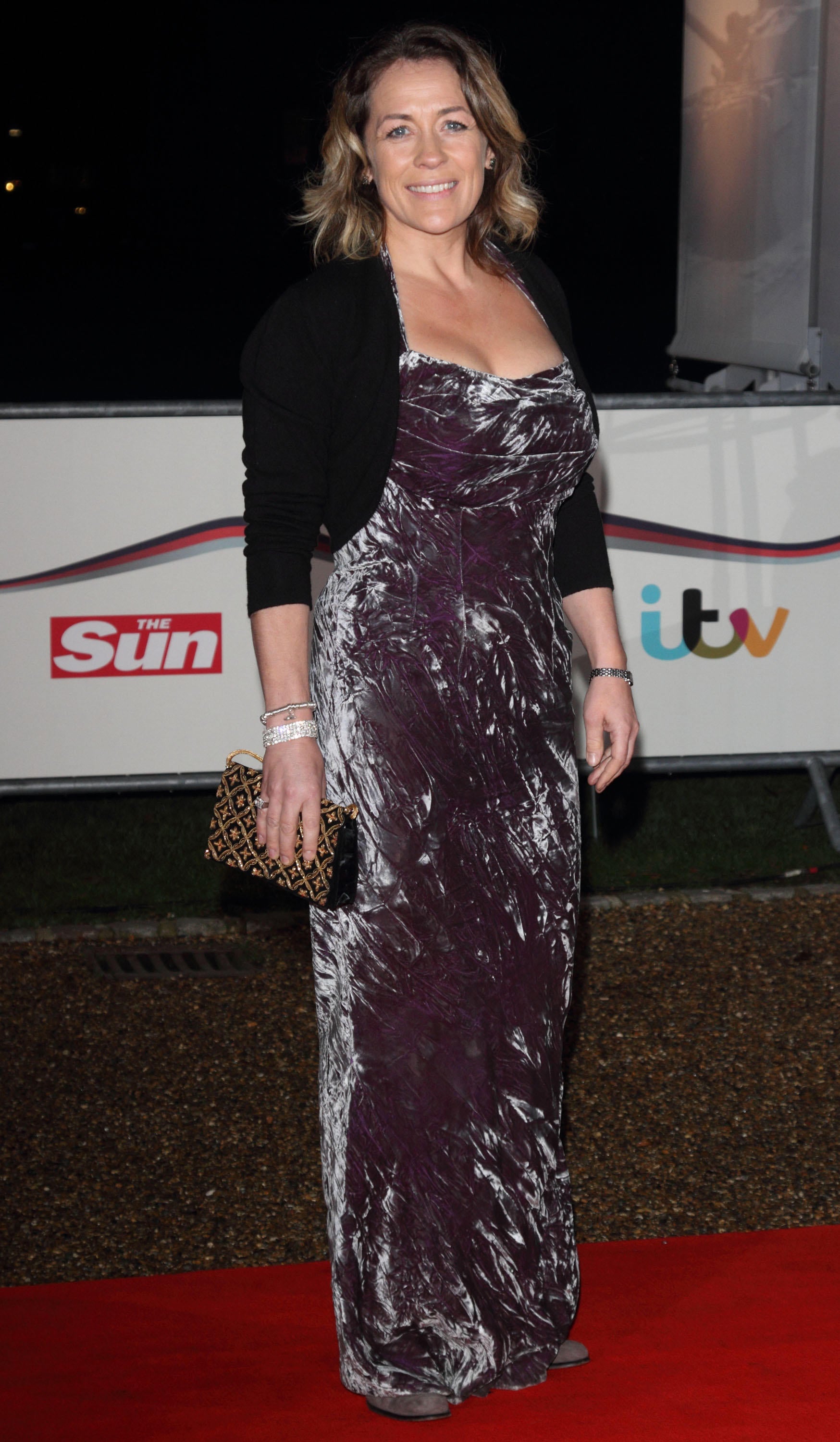As Sarah Beeny reveals breast cancer diagnosis, here are the signs you might not know
From puckering of the skin to rashes, experts share the symptoms people might not be as aware of.

Your support helps us to tell the story
From reproductive rights to climate change to Big Tech, The Independent is on the ground when the story is developing. Whether it's investigating the financials of Elon Musk's pro-Trump PAC or producing our latest documentary, 'The A Word', which shines a light on the American women fighting for reproductive rights, we know how important it is to parse out the facts from the messaging.
At such a critical moment in US history, we need reporters on the ground. Your donation allows us to keep sending journalists to speak to both sides of the story.
The Independent is trusted by Americans across the entire political spectrum. And unlike many other quality news outlets, we choose not to lock Americans out of our reporting and analysis with paywalls. We believe quality journalism should be available to everyone, paid for by those who can afford it.
Your support makes all the difference.Presenter Sarah Beeny is being treated for breast cancer.
The 50-year-old opened up about her diagnosis in an interview with The Telegraph, saying she had “a little bit of a breakdown” after finding out the news.
The presenter – who’s known for helming property shows including Help! My House Is Falling Down and Sarah Beeny’s New Life In The Country – revealed she began chemotherapy last week, and will have a mastectomy and radiotherapy in 2023.
Beeny has also cut off her hair, with the help of her children and husband. She posted a picture of her new cropped look on Instagram with the caption: “A little pile of not very good condition hair on its way to @officiallittleprincesstrust – my trainee hairdressers cut off my hair on Friday night – getting one step ahead after first chemo treatment for breast cancer on Friday – the exclusive club you’d rather not be a member of!”
Beeny lost her mother to breast cancer when she was 10, and told The Telegraph she plans to draw on her “inner strength” throughout the treatment.
According to Cancer Research UK, 100% of people diagnosed with breast cancer at its earliest stage will survive the disease for one year or more, compared to 66% of people when diagnosed at the latest stage.
This means early detection is crucial, and we should all know what to look out for. “Many women know that a lump can be a possible symptom of breast cancer, but there are other signs of the disease to look for,” says Manveet Basra, head of public health and wellbeing at Breast Cancer Now (breastcancernow.org).
“While most breast changes, including lumps, won’t be cancer, it’s important to contact your GP as soon as possible if you notice a change to your breast that’s new or unusual for you, as the sooner breast cancer is found, the more successful treatment is likely to be.”
Clare O’Neill, health information manager at CoppaFeel! (coppafeel.org), wants everyone to be breast aware, “Because people of all ages and genders have breast tissue”, she says.
She recommends checking your breasts or pecs once a month, while adding: “It can be normal to have pain and lumps around the time of your period.”
So what symptoms other than lumps should you be aware of? If you see “any puckering, thickening, dimpling or rash of the skin, talk to your doctor”, advises O’Neill.
“Also talk to your doctor if you notice a change in direction of the nipple or any bleeding or discharge from the nipple, or swelling of the chest or armpit. Breast awareness is not supposed to be scary, it’s about empowering people to know their bodies.”
How to check your breasts
Breast Cancer Now discovered through a YouGov survey that over a third (39%) of women in the UK do not check their breasts regularly for potential signs of breast cancer, and a third (33%) of those who do check their breasts for possible signs and symptoms don’t feel confident they would notice a change.
“Checking your breasts only takes a few minutes. It could be when getting dressed, when showering or putting on moisturiser,” says Basra.
“It’s important to remember to check your whole breast area, your armpits and up to your collarbone (upper chest) for changes. There’s no special technique, it’s as simple as TLC: Touch, Look, Check.”
See your GP if you have any worries about possible symptoms, and you can call Breast Cancer Now’s free helpline on 0808 800 6000.